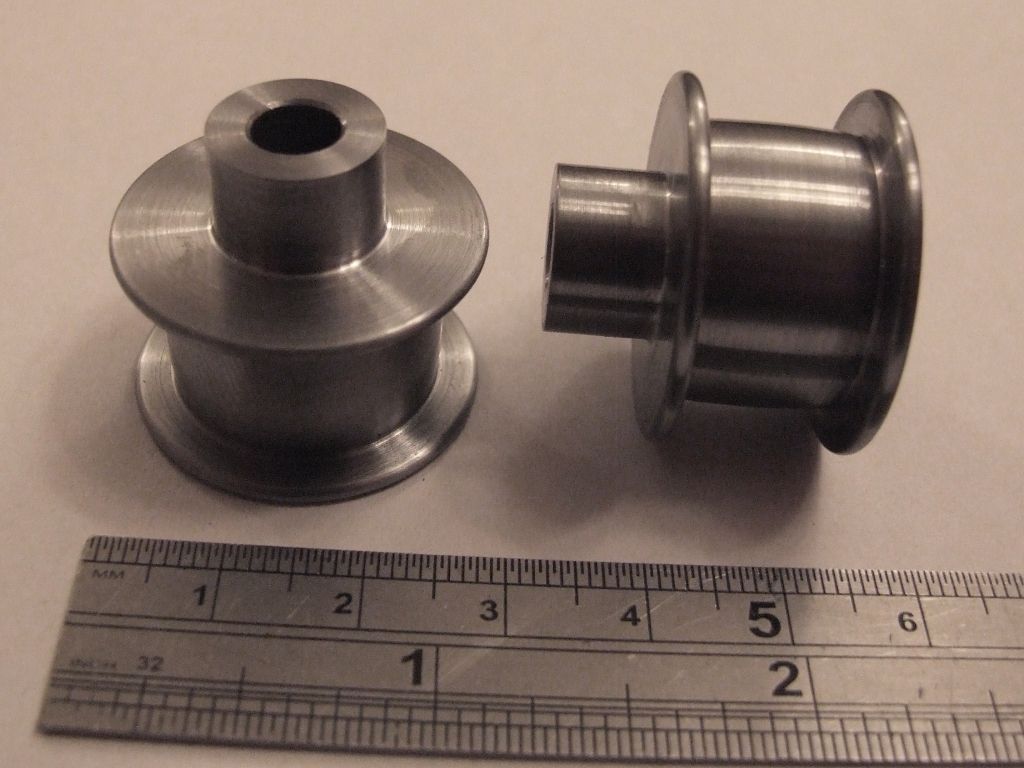Brilliant answers covering a wide range of possibilities!
Very helpful to know that the form I'm asking about is 'Fish belly' or 'Barrel Shaped'.
Apologies, if I missed anything but in order of accuracy the techniques you've described are:
- Approximate the shape by blending tapers. I accept that this is plenty 'good enough' in most cases. (Phil, Jeff)
- Calculate the diameters at a series of points along the rod. Cut and blend them. This would be much closer to the specification. (Jason & Chris)
- Bend the rod to the required radius. May not work on a short stubby rod. (Russell. ega & Jason)
- Free the cross-slide and follow a template or linkage (Clive). I like the template approach because (as shown in Nobby's pictures), it has many applications – different shapes can be made and copied with it, but making one is quite an investment (Jeff, Nobby, Raglan, Mike)
- A ball turner variant. (Hopper)
- A CNC or hydraulic lathe programmed to cut curves. If only I had one! (Andrew, Jeff)
- Grinding. This, I guess, is how such shapes are mass-produced. (Sam)
Neil highlighted a problem with perfectionism. Inspector Meticulous would not be satisfied with just an R300 fish belly: he would insist on sharp ends as well! The more I look at problems like this the more I appreciate what goes into exhibition standard work.
Special thanks to Jason who can remember advice he posted in 2014 (I can't remember what I did yesterday) and also to Harold Hall for the link to his website where he provides much helpful detail on 'barrel shaping', including a table of coordinates.
I have to cut grass next but will report back after I've made a real one.
Many, many thanks,
Dave
Edits, typos…
Edited By SillyOldDuffer on 08/10/2017 11:36:23
Edited By SillyOldDuffer on 08/10/2017 11:38:15
duncan webster 1.













